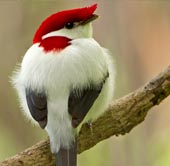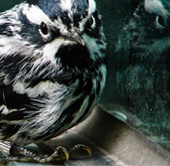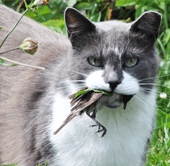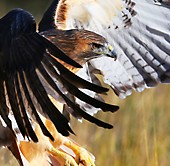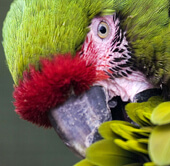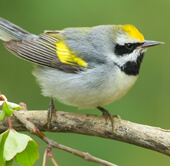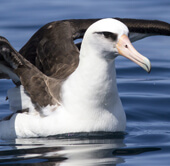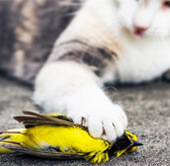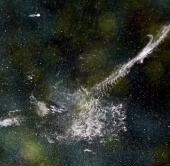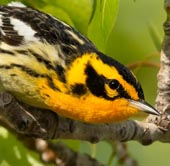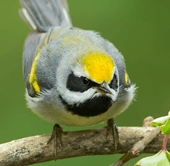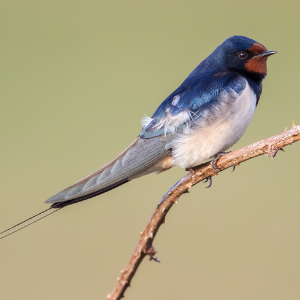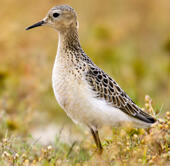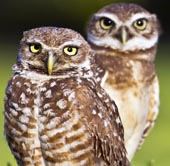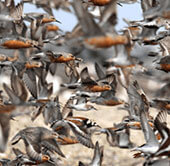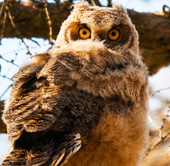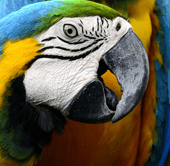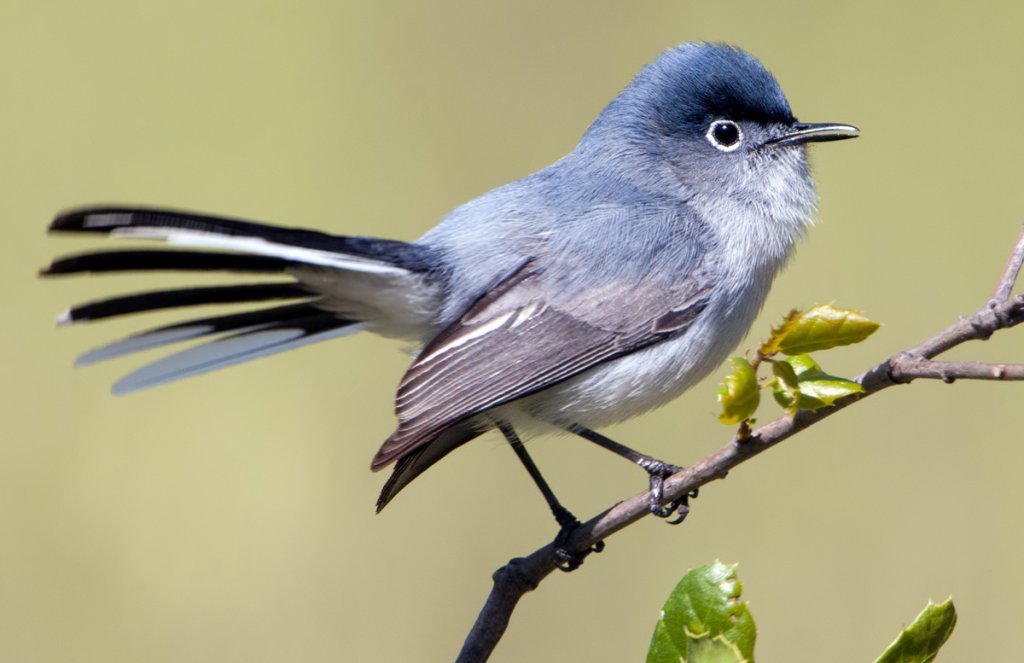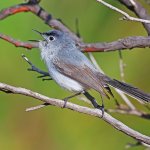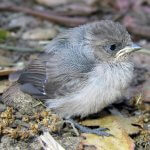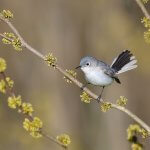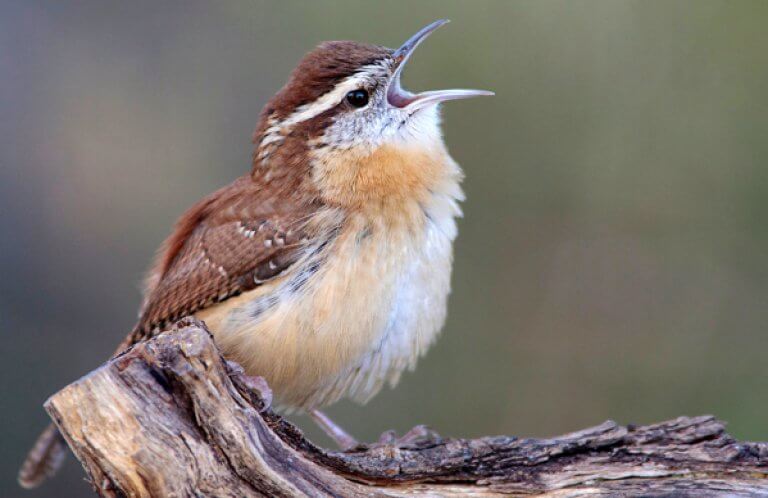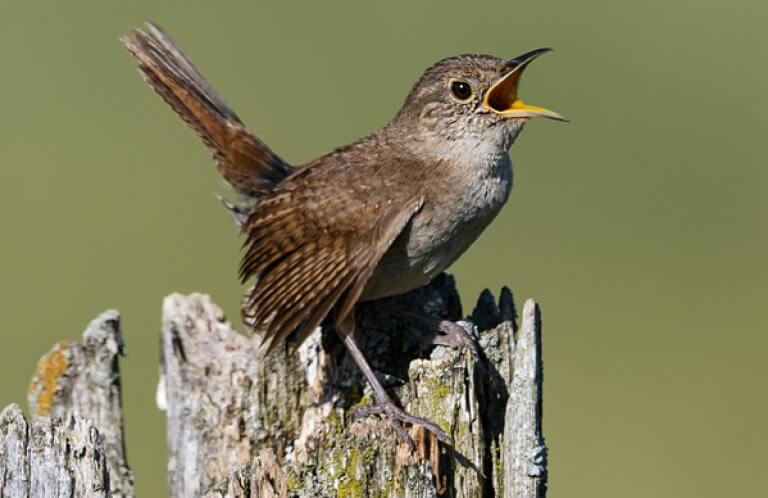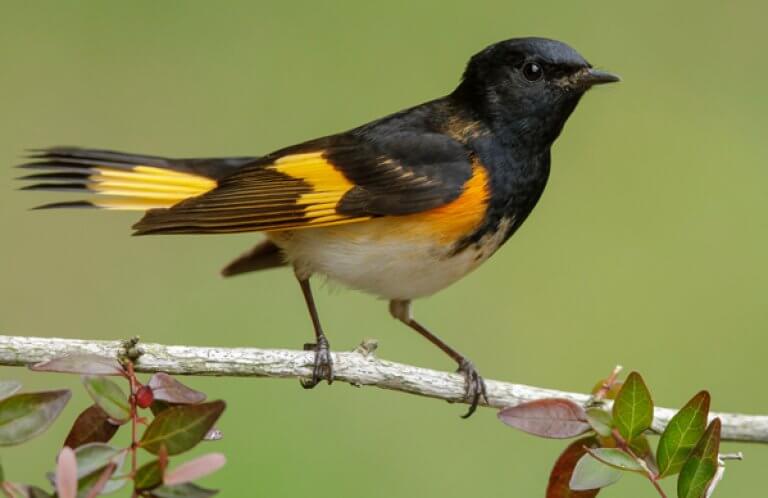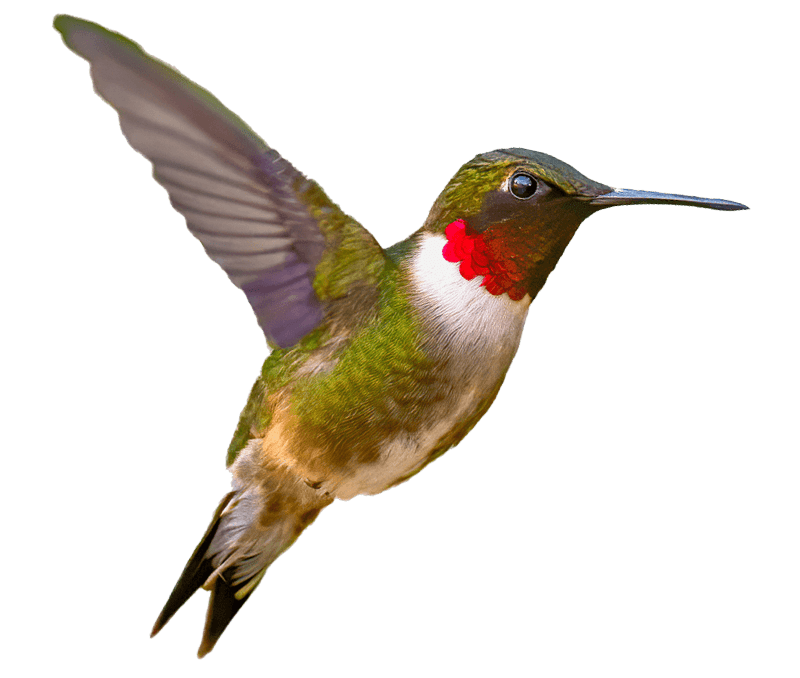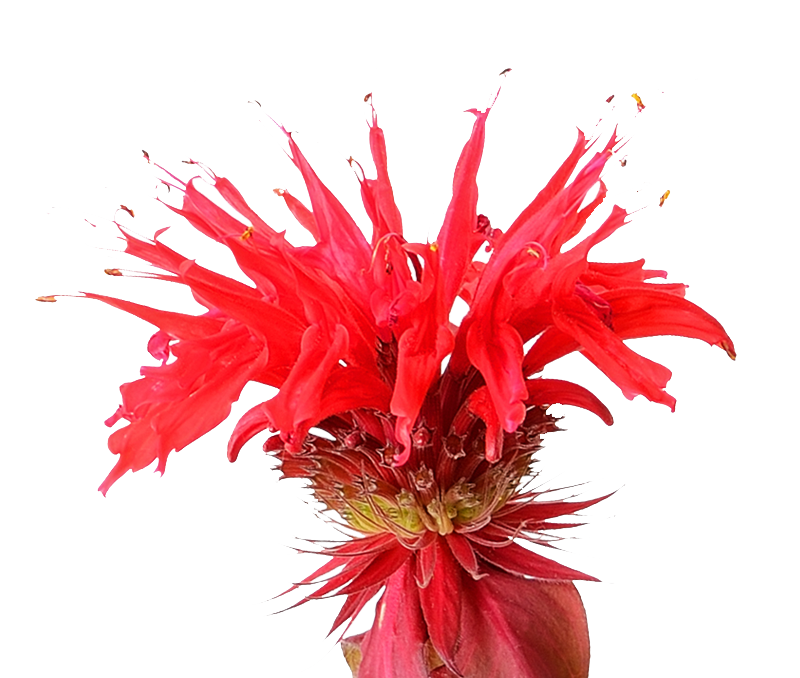About the Blue-gray Gnatcatcher
The lively little Blue-gray Gnatcatcher is a welcome sign of early spring, bouncing through the burgeoning trees with a quick-flicking tail and wheezy, high-pitched calls. A glimpse of this bird reveals a slender sprite, blue-gray above and whitish below, with white eyerings and a long black tail edged in white.
Breeding males have a bold black forehead and supercilium (eyebrow), which gives them a scowling look. Females have a plain-looking face without black markings.
Seven subspecies of Blue-gray Gnatcatcher are recognized, varying in plumage intensity and the amount of white in the tail.
Most members of its genus, Polioptila (the name combines the Ancient Greek words for gray and plumage), are resident in Central and South America. These small, active birds are related to wrens, such as the Carolina Wren and Northern House Wren.
The Blue-gray Gnatcatcher is the northernmost-occurring species of its genus, and the only truly migratory one.
These tiny dynamos arrive early on their breeding grounds in the north, but it sometimes takes a little backtracking to get there. Every so often, large groups of Blue-gray Gnatcatchers miss the mark and fly further north than necessary, possibly carried along by strong winds. Climate change is also causing the gnatcatcher's breeding range to shift northward as temperatures increase.
Songs and Sounds
The Blue-gray Gnatcatcher has a distinctive, high-pitched, wheezy call. Its song is a squeaky, rambling jumble of notes.
Song:
Call:
Call:
Breeding and Feeding
The Blue-gray Gnatcatcher makes short, fluttering moth-like flights between trees and shrubs. Like the American Redstart, it flicks its tail as it forages; the flashing white edges are thought to startle insects into flight, making them easier to capture.
The Blue-gray Gnatcatcher is insectivorous, taking a wide variety of insects, insect eggs, and spiders. Contrary to its name, it doesn't feed on gnats. This species forages by gleaning along the outer branches and foliage of trees and shrubs. It also hunts by hover-gleaning or sallying after prey.
Blue-gray Gnatcatchers form monogamous pairs shortly after they return to their breeding grounds in late March or April. This scrappy little bird is highly territorial, using vocal displays and postures to chase away intruders, and even battling midair with snapping bills.
Blue-gray Gnatcatcher pairs build a tiny, cup-shaped nest — about the size of a Ruby-throated Hummingbird's — using grass stems and bark strips, faced with lichens, and bound together with spiderwebs. These well-camouflaged nests are placed atop a horizontal branch or in a tree fork, usually high in a tree, and are easy to overlook, resembling a clump of vegetation or a tree knot.
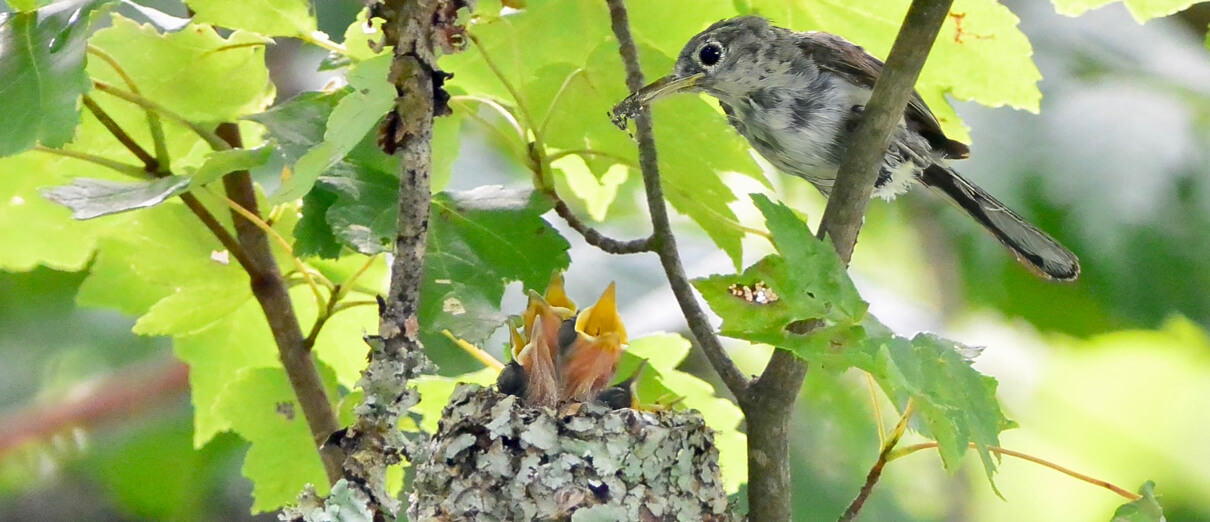
This species begins to nest in April, relatively early for a North American songbird. A pair of Blue-gray Gnatcatchers may build multiple nests in a breeding season, often reusing material from previous nests. This quick turnaround can be essential to its breeding success because predation, Brown-headed Cowbird parasitism, or mite infestations frequently cause nest loss and brood failure.
The female Blue-gray Gnatcatcher lays a clutch of two to six light-colored, brown-speckled eggs, which both parents take turns incubating for about two weeks. Both parents feed the nestlings, which fledge after about nine days. Young birds often remain in small groups for the first few days after leaving the nest, and continue to be fed by their parents. They become more efficient at foraging for themselves after several weeks.
The Blue-gray Gnatcatcher is a frequent host to the Brown-headed Cowbird, which usually spells disaster for the smaller gnatcatcher eggs and chicks. Cowbirds once roamed the Great Plains and laid their eggs in the nests of other birds in order to follow cattle herds that stirred up insects, but their range expansion because of human landscape alteration has made nest parasitism a common problem for more species in more places. Adult Blue-gray Gnatcatchers sometimes abandon their nest in response to cowbird parasitism.
Region and Range
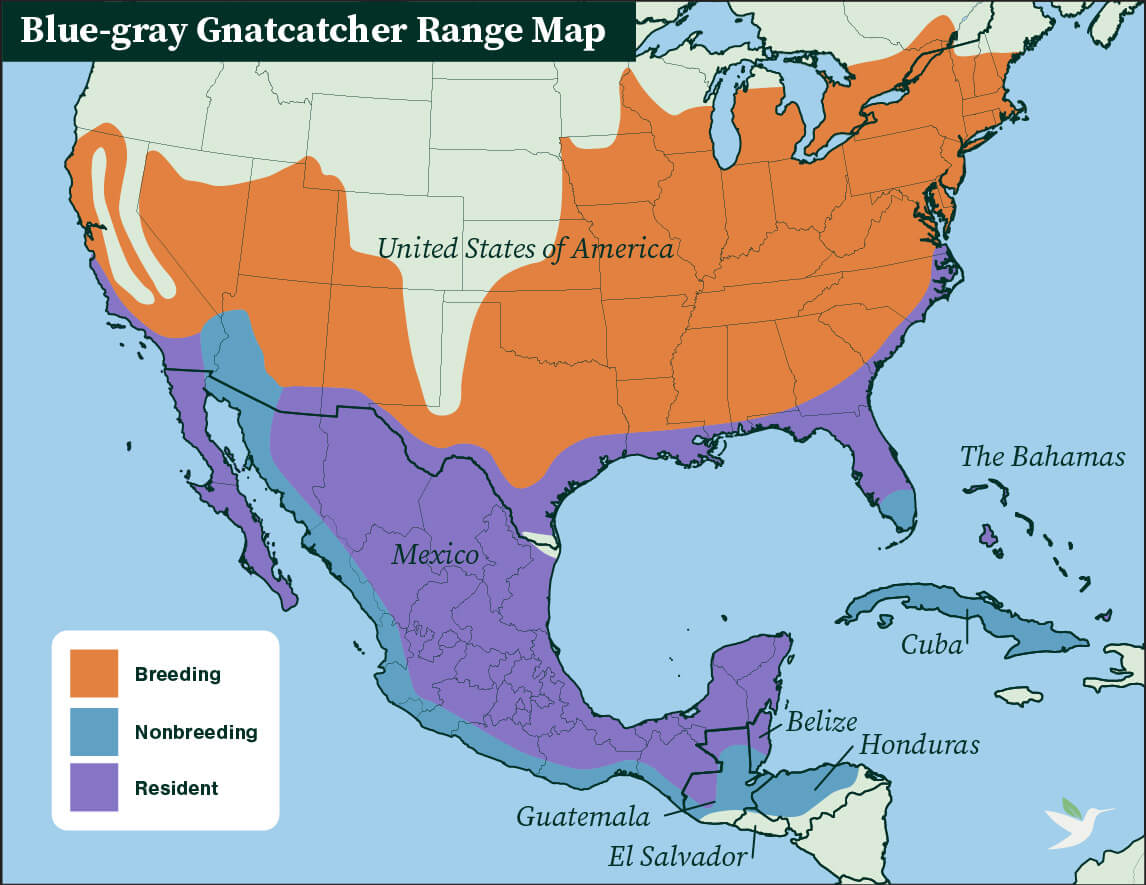
The Blue-gray Gnatcatcher breeds from southern Ontario through the eastern and southwestern United States into Mexico. It migrates to the southern U.S., Mexico, northern Central America (Belize, Guatemala, and Honduras), Cuba, The Bahamas, the Turks and Caicos Islands, and the Cayman Islands for the nonbreeding season.
The Blue-gray Gnatcatcher has a variable migratory strategy. Northern populations make longer migrations, while birds in the southern U.S. and Mexico travel shorter distances. Populations that nest in The Bahamas and Central America are resident.
The nesting range of Blue-gray Gnatcatchers has been shifting northward since the early 20th century due to increasing average temperatures.
Conservation of the Blue-gray Gnatcatcher
Although Blue-gray Gnatcatcher numbers are increasing, this species may have specific habitat needs, such as stream valleys and canopy openings, on its breeding grounds in upland forests that can be affected by urbanization and excessive forest fragmentation.
Shifting weather patterns and extreme weather events caused by climate change can affect habitat and food availability for the Blue-gray Gnatcatcher. These shifts can alter the timing of migration, resulting in a mismatch between birds' arrival on the breeding grounds and the availability of resources.
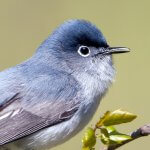
Help support ABC's conservation mission!
The Blue-gray Gnatcatcher can be affected by pesticide and herbicide use, which reduces the availability of its insect prey and may even poison birds directly. Newer pesticides such as neonicotinoids have contributed to an overall decline in bird numbers in the United States.
Migratory birds need conservation action where they breed, where they spend the nonbreeding season, and at all of the stopover habitats they use along the way. To make these incredible journeys safer, ABC prioritizes habitat restoration and conservation and threat mitigation where birds need them most.
ABC is working in three key areas — mitigation, resilience, and adaptation — to combat the effects of climate change and build a sustainable, long-term future for birds like the Blue-gray Gnatcatcher.
ABC works with partners at the state and federal levels in the U.S. to call for the regulation or cancellation of the pesticides and toxins most harmful to birds. We develop innovative programs, like working directly with farmers to use neonicotinoid coating-free seeds, advancing research into pesticides' toll on birds, and encouraging millions to pass on using harmful pesticides.
Get Involved
Policies enacted by the U.S. Congress and federal agencies, such as the U.S. Fish and Wildlife Service, have a huge impact on migratory birds. You can help shape these rules for the better by telling lawmakers to prioritize birds, bird habitat, and bird-friendly measures. To get started, visit ABC's Action Center.
Living a bird-friendly life can have an immediate impact on migratory birds in the United States. Doing so can be as easy as adding native plants to your garden, avoiding pesticides, and keeping cats indoors. To learn more, visit our Bird-Friendly Life page.
American Bird Conservancy and our Migratory Bird Joint Venture partners have improved conservation management on more than 8.5 million acres of U.S. bird habitat — an area larger than the state of Maryland — over the last ten years. That's not all: With the help of international partners, we've established a network of more than 100 areas of priority bird habitat across the Americas, helping to ensure that birds' needs are met during all stages of their lifecycles. These are monumental undertakings, requiring the support of many, and you can help by making a gift today.

